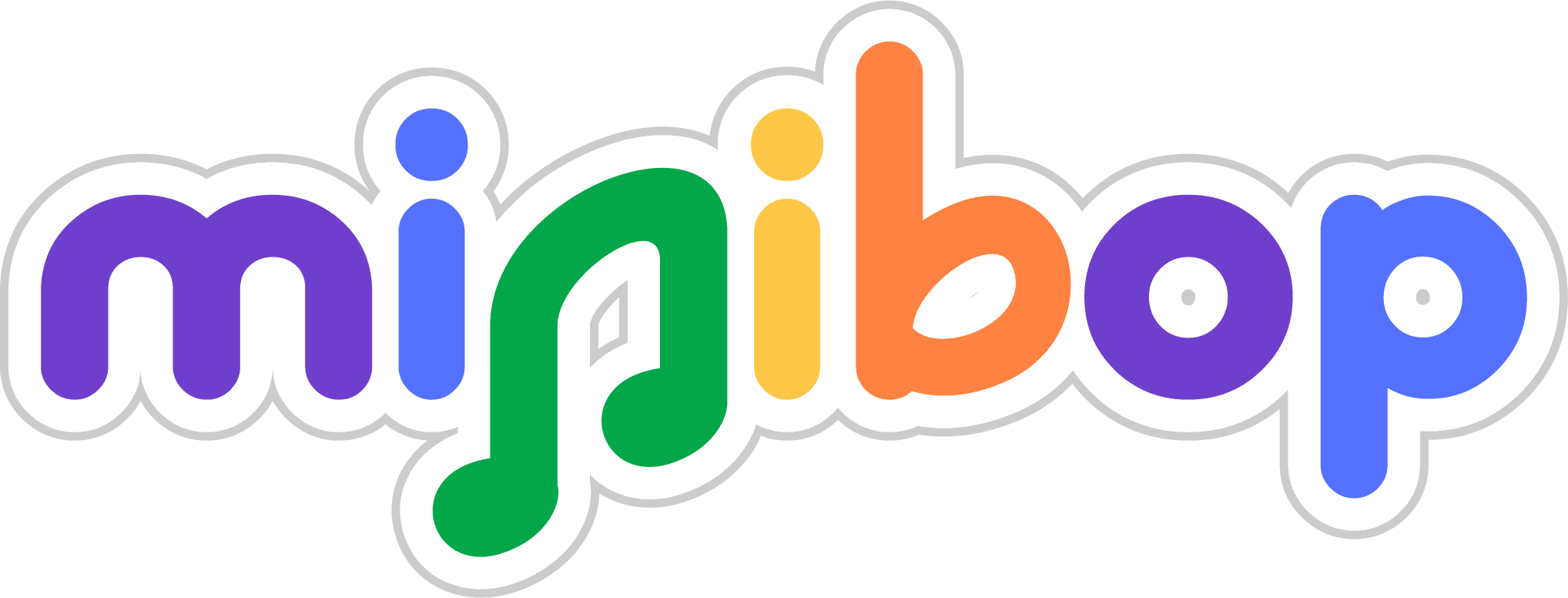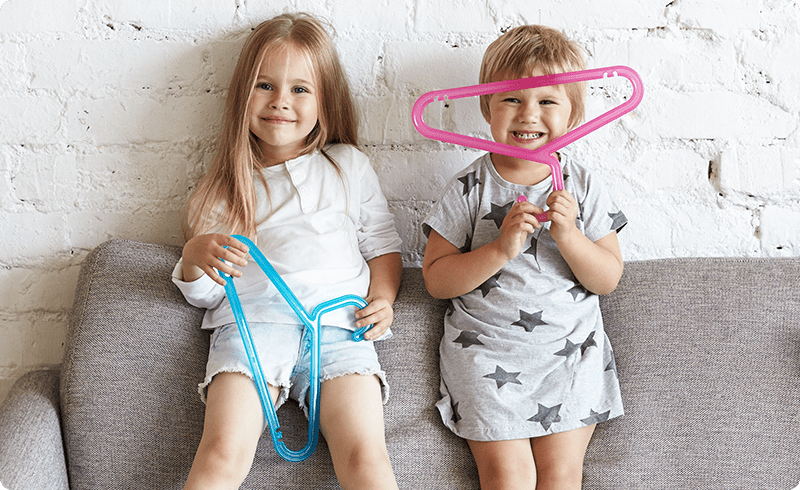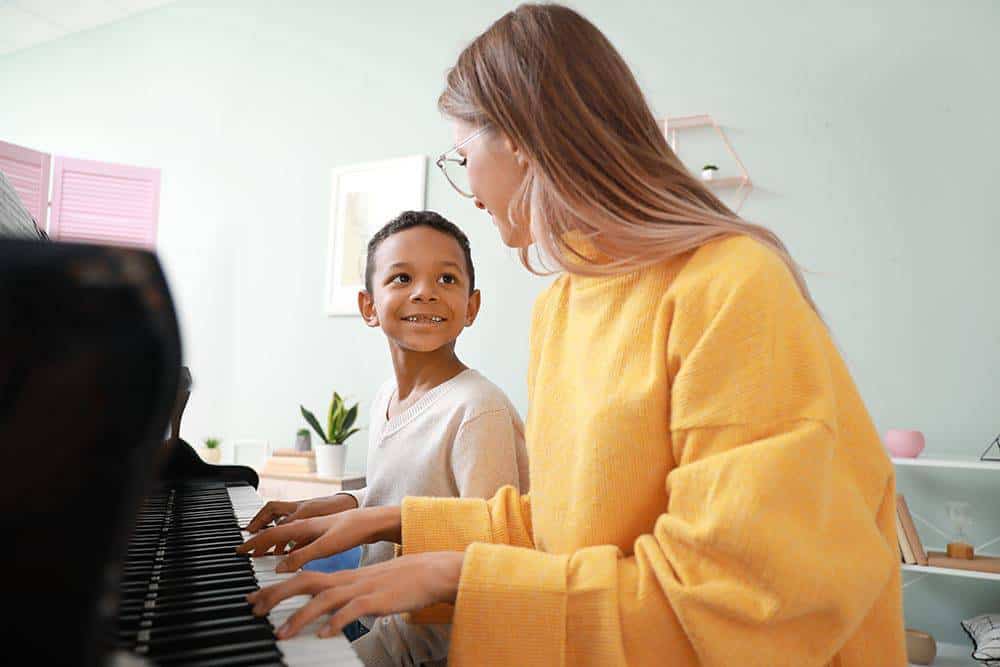February is Black history month. Even if your child is only a baby or toddler this can be a great time to begin educating them about racial diversity. Race can be a tricky subject to discuss with children at any age, which is why many parents avoid the conversation altogether.
We’ve come up with some suggestions for how parents can use music to raise awareness with their child – no matter how young! Young children can often understand much more than it seems, so it’s never too soon to talk to your child about important topics.
Start the Conversation
Parents should start the conversation about racial and ethnic diversity early on. Ultimately it’s up to you as a parents to decide what information you want to expose your child to (and how), but since they will undoubtedly grow up in a diverse world, it’s a good idea to help them understand and process things.
Keep it Simple
Don’t over-complicate this. Keep the conversation simple and positive. That means don’t try to explain facts about racial inequality or teach historical events. Instead you want to bring high-level awareness to your child that people look different, but we are all people. In the words of this cute Sesame Street book my daughter was gifted for her first birthday, the message is “We Are Different, We Are the Same.”
Why Use Music?
Using music can be a great ice-breaker and make the tone of a serious conversation more fun. Explaining racial diversity to a child shouldn’t make them feel like they’re being punished or lectured. Explain it in a way they can understand. Music helps do that.
Black History Music Playlist
Minibop has created two music playlists to help you start the conversation. Both playlists are filled with kid-friendly hits from Black music artists ranging from old classics to modern-day hits. All clean! You’ll hear Lenny Cravitz, Beyonce and everything in between which has influenced Black culture and the culture of America as a whole.
One playlist is on Spotify (songs only) and the other playlist is on YouTube. The YouTube playlist includes actual videos of the artists (all age-appropriate material!)
Step-by-Step
Now you might be thinking… “Ok this all sounds great… but what should I actually do and say?” Glad you asked!
Below are some suggestions for how to have this conversation with your child and incorporate the concept of music. These are based on my own conversations with my mixed daughter, whose mommy (me) is Black and daddy is white.
Step 1: Invite to Listen
To start, invite your child to listen to the music with you. Tell them you want to show them some of your favorite songs. Open one of our playlists (YouTube makes it more interactive) and start playing.
Give the music some space and allow your child to listen. Watch their reactions and ask if they like certain songs. Get interactive by pointing our specific instruments or other aspects within the music. Also feel free to encourage dance and movement!
Step 2: Break the Ice
When a song by an artist you know comes on, say something like “This song is by ____. See how he/she looks? He/she has different (or the same) skin color as you do. That’s because they are Black. It’s one of the ways that people are different, just like how people have different hair colors, like brown or blonde.”
Do this while gesturing to your skin, hair, etc. Like stated above, just keep it simple – but talk to them like an adult. Even if your child doesn’t speak yet, they can understand a lot of what you mean.
Step 3: Talk and Explain
Keep talking and if possible let your child share their thoughts and observations. Acknowledge other Black people that they might know (your friends/family, their friends, neighbors, etc.) and explain that while they look different, they are just like you and your child.
Tell your child that people are equal no matter what skin color they have. Continue using the music playlist as a reference point. “No matter what people look like we all love making and enjoying great music” you might say.
Don't Rush
Take it slow. If this is the first conversation you’re having with your child about race, then give them time to digest what you’re explaining. Whether you’re child is Black or white or mixed, learning about self-identity and identity of others in a racial context can be a lot to take in. Teaching your child to be open-minded at these early developmental stages is crucial so take your time to get it right.
Only once you’ve laid this groundwork over a significant period of time should you consider advancing to discuss racial inequality. Typically a child won’t be mature enough for that conversation until 3-4.
Life Lessons
Discussing such a complex subject at such a surface level can feel silly at first – but it makes a huge difference. My husband and I first talked to our daughter about race at around 17 months. At that time she was only really saying “mama” and “dada”, but she 100% understood what we were saying.
We asked her if she noticed how mommy has dark skin and daddy has lighter skin. She nodded affirmatively as if she had been waiting for an explanation. We told her mommy is Black and daddy is white. “Different people can be different races but we’re all still equal.” She nodded some more and that was it. It was a short moment, but I think a pivotal moment in the early development of her self-identity.
Questions? Ask!
If you want to start this conversation with your child but you’re still unsure of how to do it – just ask! I don’t claim to be an expert in this area, but I’ve had the conversations with my own child so maybe I can help. Minibop is an early childhood music business, but at our core we aim to be a resource for parents and caregivers. If you’re struggling feel free to comment below or email me a question!







